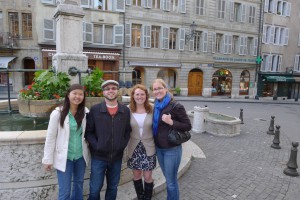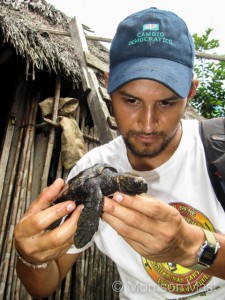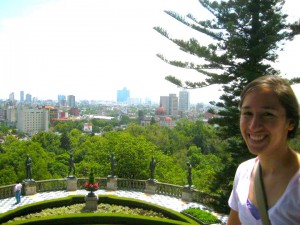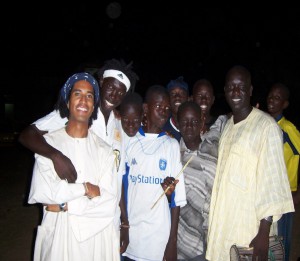Fulbright-MTP participant Ammar Mohammed, a Fulbright student from Yemen, reflects on the overall feel of the MTP cross-country U.S. journey — highlighting Fulbright connections in Minnesota, and inspirational communities in Portland and Milwaukee.
In the words of Ammar Mohammed, a Fulbright student from Yemen:
I found it really hard to write the last blog for my MTP experience as many memories and thoughts are pushing back and forth wanting to be penned. I have been reflecting on my voyage and sometimes I question if it really happened. It has been a once in a lifetime experience to the outer and inner worlds, as Millennial Trains Project (MTP) offered a 10-day journey of professional and interpersonal growth. It is a learning class on rails!
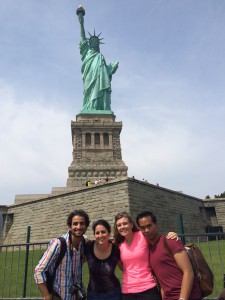
Fulbrigh Student from Yemen, Ammar Mohammed, left, with other Millennial Train Project participants at the Statue of Liberty in New York City, at the conclusion of their journey. August 2014.
In Portland, we met with decision-makers, including the first lady of Portland, and entrepreneurs who shared their inspiring stories with us. I interviewed an African American pioneer in entrepreneurship who gave me a great perspective on social integration through entrepreneurship. Dwayne Johnson, Founder and Executive Director of Center for Inclusive Innovation, explained some of the challenges that African American entrepreneurs face and lessons that can be replicated in the ‘marginalized’ African Yemeni context.Prior to hitting the rails to Seattle, I visited On-The-Move Community Integration. I was stunned by the great effort the volunteers and participants are doing to integrate into the society. This organization, which works with developmentally and intellectually disabled, has taken integration one step further. Instead of inviting the community to the organization, they go out to meet with the community and participate in outdoor activities.
In Seattle, another chapter of beauty and learning was unlocked. We began the morning at WeWork with mentors from Amazon Web Services and Citizen University. One of the best take-aways from Mr. Eric Liu of Citizen University is that “Rigid individualism never builds a community.” This really resonates with me, as I believe in collaboration as a crucial part of building strong, effective and diverse communities. Then I went to the Northwest African American Museum. Indeed, the visit exceeded my expectations. This relatively small but eye-opening museum exhibited how African Americans in Seattle merged with the society through sports, arts and music. I saw original sport outfits, musical instruments, and portrayals of the champions of social justice and equality; including, Abraham Lincoln, Martin Luther King, Jr., and John F. Kennedy.Even though we had quite little time in Seattle compared to the rest of the MTP stops, it was a rewarding city to see and learn from.
Continue Reading
